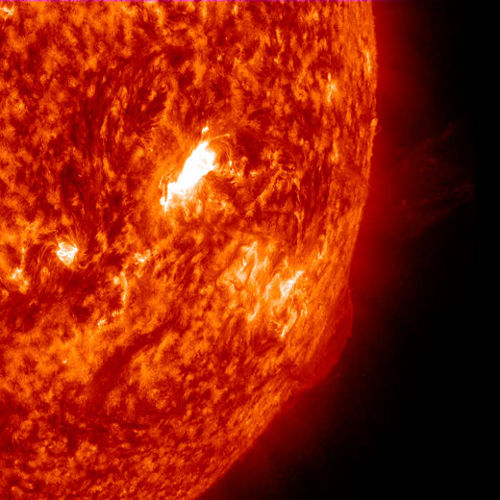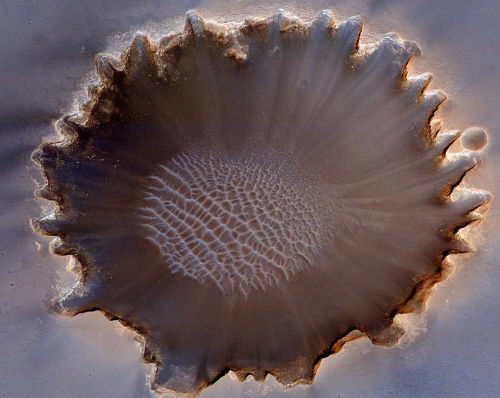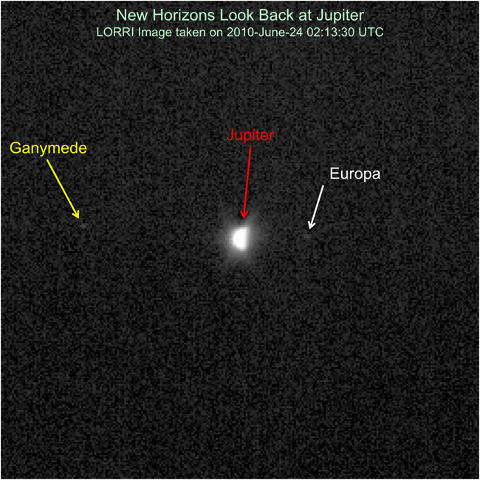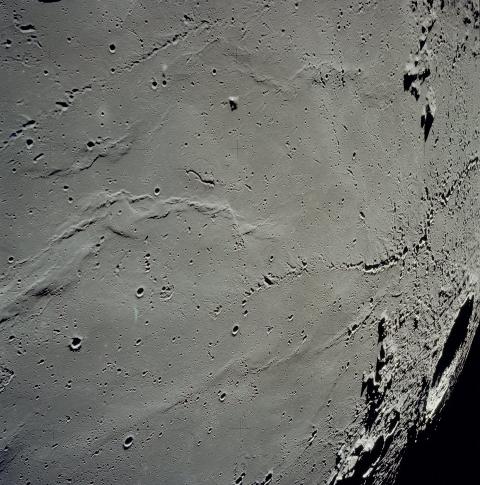A couple of days ago ago we talked about three asteroids that had passed by very close to Earth in the short span of a day. Today there were some reports that a small meteoroid had also burned up as a fireball over Yellowknife, Northwest Territories – in the Canadian Arctic. The fireball was photographed by a contingent of Japanese tourists out to view the Aurora Borealis, and was shared on Twitter.
March 5, 2014 One of the brightest fireball I’ve seen tonight! Vee Lake, Yellowknife, NWT @AuroraMAX @spectacularNWT pic.twitter.com/2p6705Si0c
— Yuichi Takasaka (@ytakasaka) March 6, 2014

The meteoroid would have been too small to cause any damage but it apparently turned the night sky blue over that part of the NWT. Another fireball was also seen around New Mexico and it is believed that many more occurred, with some being photographed or recorded by NASA.



